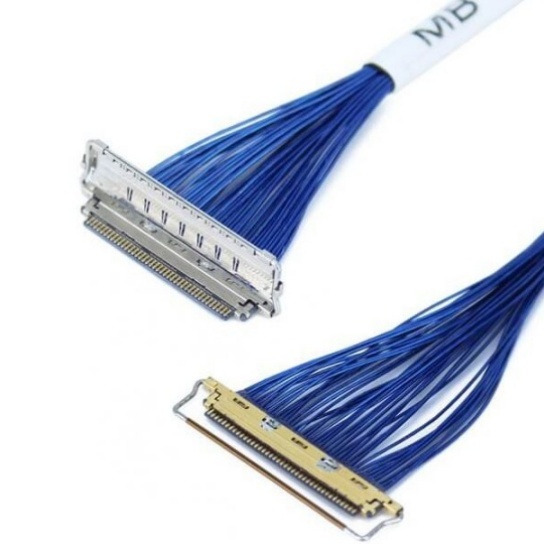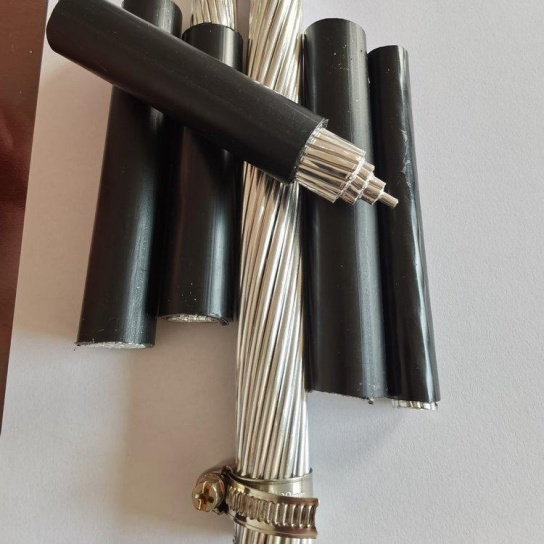EWIS Harness Segregation Requirements
Why Harness Segregation Matters
Aircraft wiring operates in high-stress environments with risks including:
Electromagnetic interference (EMI) between power and signal cables.
Chafing caused by vibration or contact with structures.
Heat buildup from adjacent high-current circuits.
Cross-talk disrupting data transmission in avionics.
Effective segregation mitigates these risks, ensuring systems like flight controls, navigation, and communication remain isolated and functional.
Key Segregation Requirements for EWIS Harnesses
1. Separation by Voltage and Signal Type
High-Voltage vs. Low-Voltage Circuits:
Separate power cables (e.g., 115V AC, 28V DC) from low-voltage signal lines (e.g., sensors, avionics) by at least 6 inches (15 cm).
Use grounded metal conduits or shields for high-voltage lines.
Analog vs. Digital Signals:
Route analog (e.g., instrument signals) and digital (e.g., Ethernet, CAN bus) cables in distinct harnesses to prevent cross-talk.
2. Physical Spacing and Routing
Minimum Bend Radius: Maintain manufacturer-specified bend radii to avoid insulation stress.
Separation from Moving Parts: Keep harnesses at least 3 inches (7.6 cm) from hydraulic lines, actuators, or rotating machinery.
Crossing Angles: When harnesses must cross, ensure they do so at 90-degree angles to minimize contact area.
3. Zonal Segregation
Aircraft are divided into zones with specific segregation rules:
Fire Zones (e.g., engine bays): Use fire-resistant sleeves and maintain 12 inches (30 cm) separation from flammable fluids.
EMI-Sensitive Areas (e.g., near radar): Shield harnesses with braided copper or aluminum foil.
High-Temperature Zones: Separate harnesses from heat sources using thermal barriers or heat-reflective tapes.
4. Shielding and Grounding
Shielded Harnesses: Use twisted-pair or coaxial cables for sensitive signals, with shields grounded at one end to avoid ground loops.
Grounding Straps: Install straps near connectors to dissipate static charges.
5. Support and Clamping
Clamp Spacing: Secure harnesses with clamps every 12–18 inches (30–45 cm) to prevent sagging or vibration-induced wear.
Anti-Chafe Materials: Wrap harnesses crossing structures with spiral wraps or silicone rubber sleeves.
Materials and Methods for Effective Segregation
Conduits and Raceways:
Metal or composite conduits for high-risk areas.
Color-coded plastic raceways for easy identification.
Sleeving and Tapes:
Fiberglass sleeves: For fire protection.
EMI-shielding tapes: For avionics bays.
Barriers and Partitions:
Install rigid partitions between harnesses in crowded zones (e.g., equipment bays).
Compliance with Aviation Standards
FAA AC 43.13-1B: Specifies minimum separation distances and acceptable practices for wire routing.
AS50881: Defines wiring system design criteria for military and commercial aircraft.
SAE ARP4761: Guides safety assessments for segregation in critical systems.
Common Segregation Mistakes to Avoid
Overcrowding in Conduits: Exceeding fill capacity reduces heat dissipation.
Inadequate Strain Relief: Unsupported harnesses near connectors risk breakage.
Ignoring OEM Guidelines: Failing to follow aircraft-specific manuals (e.g., Boeing D6-54487).
Best Practices for Implementation
Pre-Installation Planning:
Create 3D routing diagrams to visualize segregation conflicts.
Label harnesses by system (e.g., “NAV,” “PWR”).
In-Process Inspections:
Use go/no-go gauges to verify spacing compliance.
Conduct continuity tests after installation.
Post-Installation Testing:
Perform EMI susceptibility tests.
Use infrared cameras to detect hotspots.
Future Trends in Harness Segregation
Smart Harnesses: Integration of sensors to monitor spacing and wear in real time.
Lightweight Composite Barriers: Replacing metal partitions to save weight.
Automated Routing Software: AI tools to optimize segregation during design.






